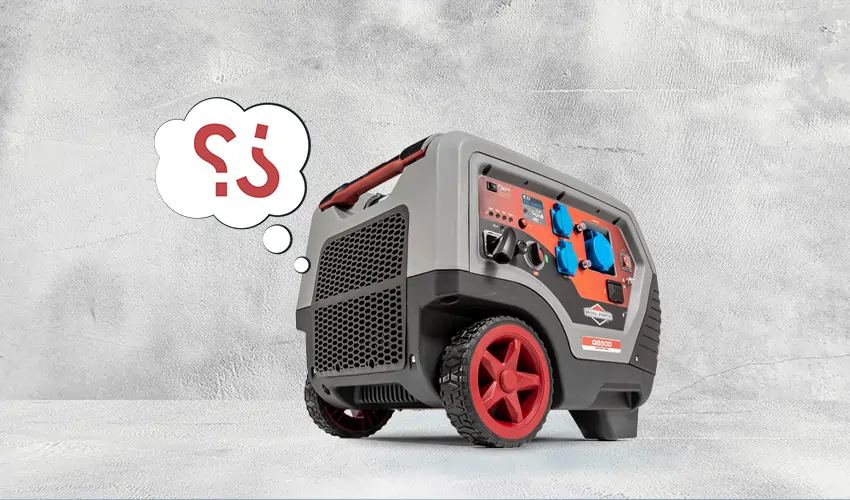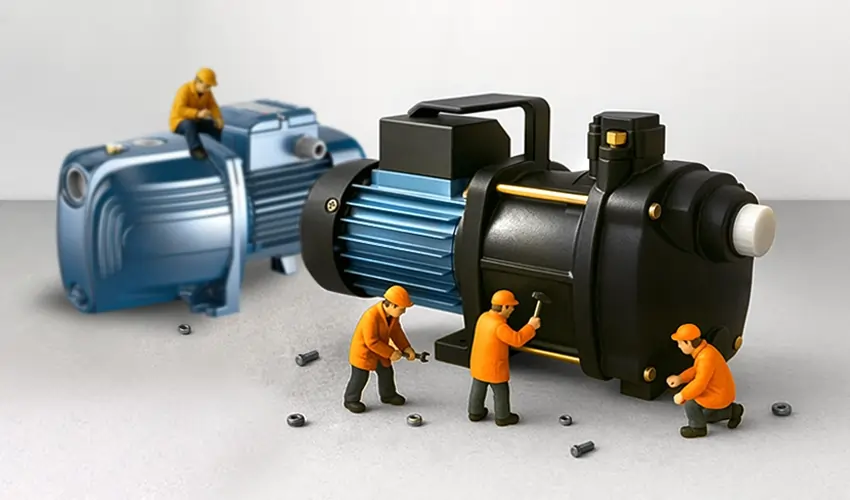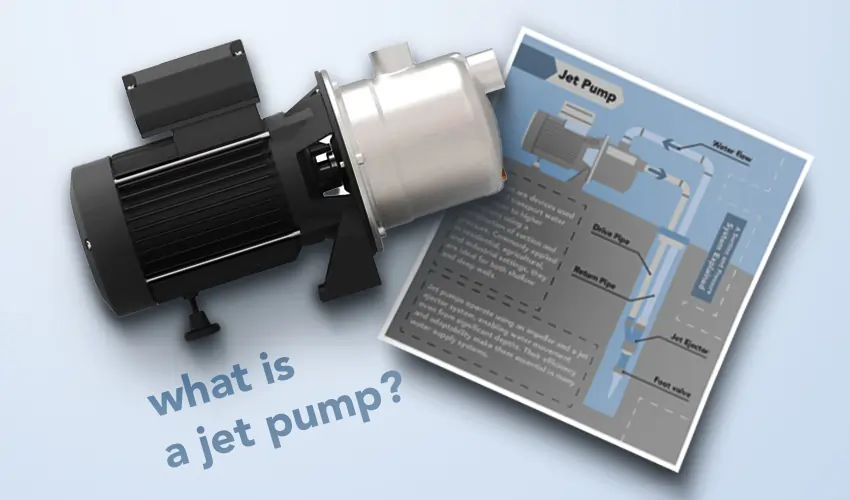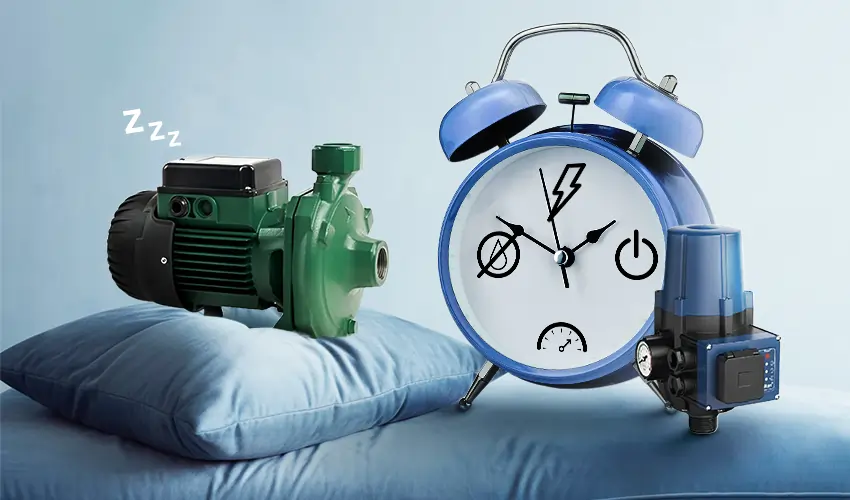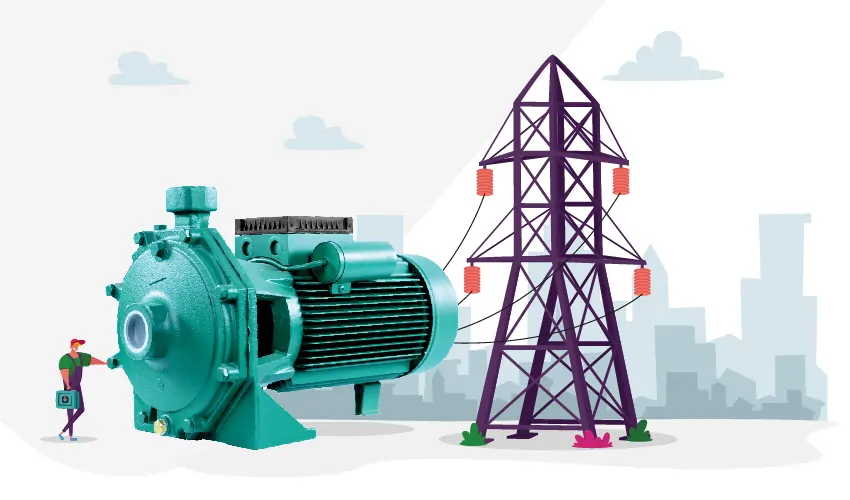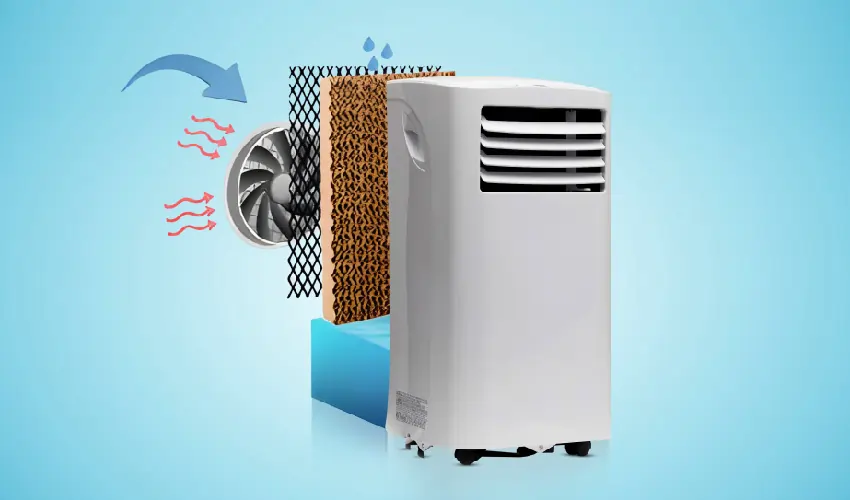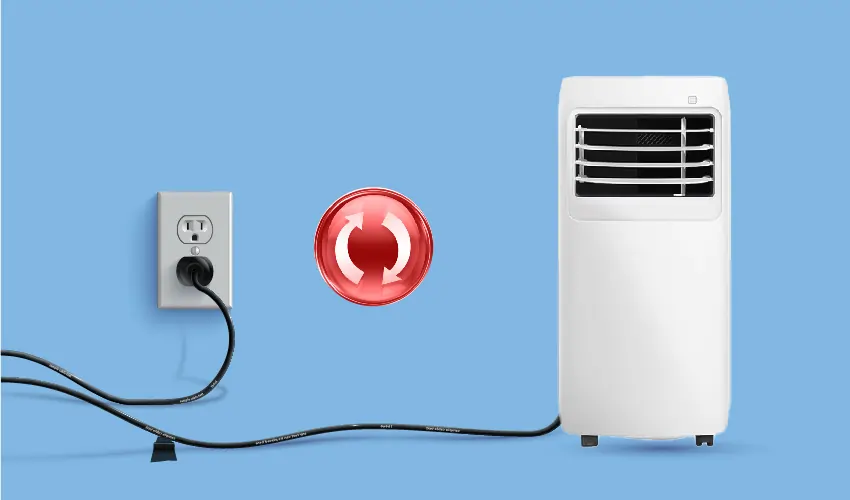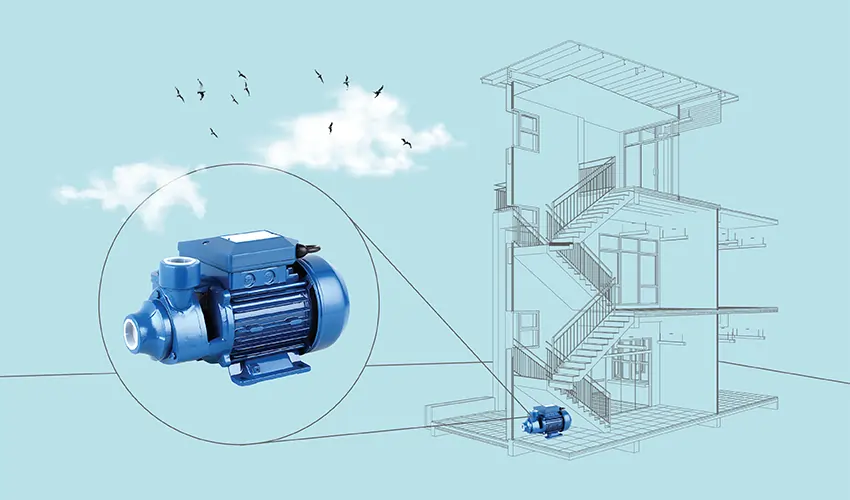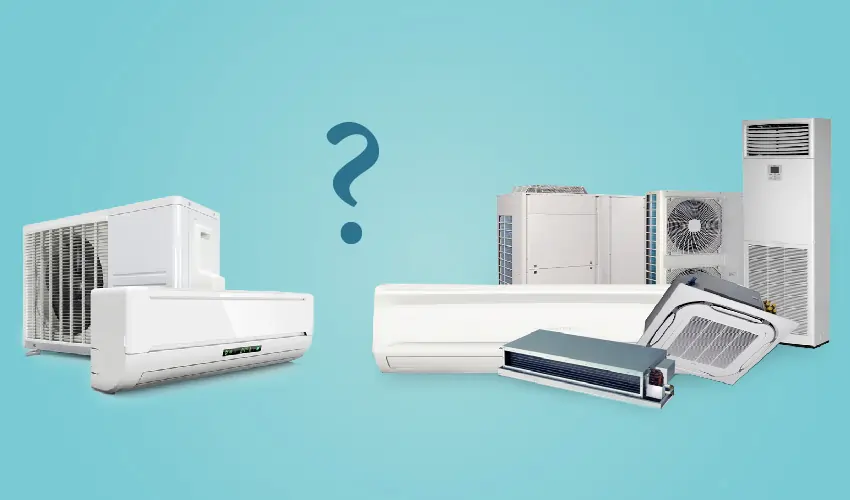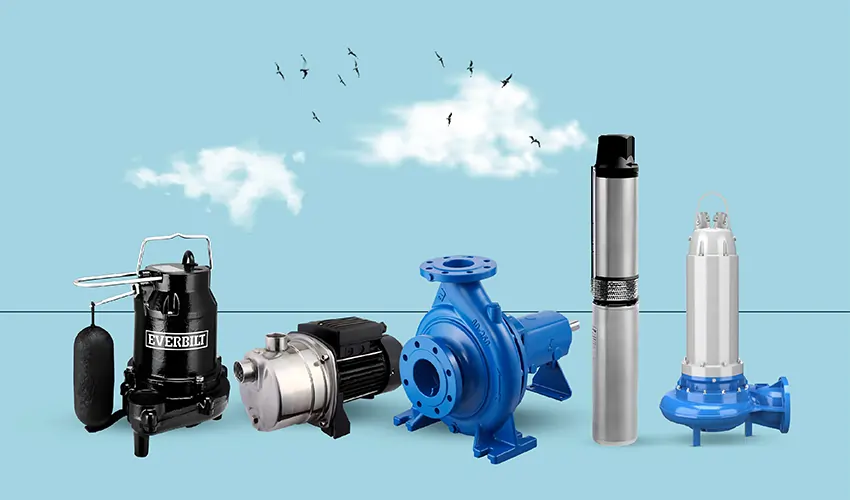In the realm of portable power solutions, the inverter portable generator emerges as a beacon of innovation and efficiency. Offering a blend of versatility, reliability, and clean energy, it has swiftly become a go-to choice for adventurers, homeowners, and professionals seeking reliable power on the move. But what exactly sets this marvel apart from conventional generators? Let’s embark on a journey to unravel the secrets and benefits of the inverter portable generator.
What is the Introduction of an Inverter Portable Generator?
An inverter portable generator is a type of portable power generator that utilizes inverter technology to produce electricity. Unlike conventional generators that generate AC (alternating current) power directly from the engine, inverter generators first produce AC power, which is then converted into DC (direct current) power, and then “inverted” back into clean, stable AC power.
How does a Portable Inverter Generator Work?
A portable inverter generator works by converting mechanical energy from its internal combustion engine into electrical energy through a multi-stage process involving inverter technology. Here’s a step-by-step explanation of how it operates:
Engine Operation: The generator’s internal combustion engine, typically fueled by gasoline, propane, or diesel, drives the process. The engine burns fuel to produce mechanical energy, which is transferred to the alternator.
AC Power Generation: The alternator generates raw AC (alternating current) electricity as the engine runs. This AC power, however, isn’t stable and can have fluctuations in frequency and voltage, which may not be suitable for sensitive electronic devices.
Inverter Conversion: The raw AC electricity from the alternator is then passed through an inverter unit. The inverter’s primary function is to convert this AC power into DC (direct current) electricity. This DC power is more stable and has fewer fluctuations compared to raw AC power.
Rectification: After conversion to DC, the power goes through a rectifier, which converts it into a smooth and stable DC waveform. This step helps to further stabilize the power output, reducing fluctuations and ensuring consistent voltage levels.
Inversion Back to AC: Once the power is in the form of stable DC electricity, it goes through the inverter again, but this time, the inverter “inverts” the DC power back into clean, stable AC (alternating current) electricity. This inverted AC power has low total harmonic distortion (THD), making it suitable for powering sensitive electronic devices without risk of damage. Voltage Regulation: Inverter generators typically incorporate advanced voltage regulation systems to ensure that the output voltage remains within safe limits and is suitable for powering various types of devices.
Output: The clean AC power is then made available through the generator’s outlets, where users can plug in their electronic devices, appliances, or tools to receive reliable and stable electricity.
Load Sensing and Engine Control: Many inverter generators feature load-sensing technology that adjusts the engine speed based on the connected load. This feature helps optimize fuel efficiency and reduce noise levels by ensuring the engine only operates at the necessary speed to meet the power demand.
What are the Advantages and Disadvantages of Inverter Portable Generator?
Inverter portable generators offer several advantages and disadvantages compared to conventional portable generators. Let’s examine both:
Advantages
Clean Power Output: One of the primary advantages of inverter generators is their ability to produce clean and stable electricity with low total harmonic distortion (THD). This makes them safe for powering sensitive electronic devices such as laptops, smartphones, and televisions without risk of damage.
Fuel Efficiency: Inverter generators are generally more fuel-efficient than conventional generators. They can adjust their engine speed based on the connected load, consuming less fuel when operating at lower loads. This feature results in longer runtimes per tank of fuel and reduced fuel costs over time.
Quiet Operation: Inverter generators are known for their quiet operation compared to conventional generators. They often incorporate advanced noise reduction technology and can adjust engine speed based on load demand, resulting in lower noise levels. This makes them suitable for use in noise-sensitive environments such as campsites, RV parks, and residential areas.
Compact and Lightweight: Inverter generators are typically more compact and lightweight than conventional generators with similar power output. This makes them easier to transport and store, providing greater convenience for outdoor activities such as camping, tailgating, and recreational vehicle (RV) trips. Parallel Capability: Many inverter generators are designed with parallel capability, allowing users to connect two generators together to increase power output when needed. This feature provides flexibility and scalability, making it easier to meet higher power demands without investing in a larger, more expensive generator.
Disadvantages
Higher Initial Cost: Inverter generators tend to have a higher initial purchase price compared to conventional generators with similar power output. The advanced technology and components used in inverter generators contribute to their higher cost.
Limited Power Output: While inverter generators offer clean and stable power suitable for powering sensitive electronics, they typically have lower maximum power output compared to conventional generators. This may limit their suitability for applications requiring high power demands, such as powering large appliances or equipment.
Complexity and Maintenance: Inverter generators are more complex than conventional generators due to the additional components involved in the inverter technology. As a result, they may require more maintenance and troubleshooting to ensure proper operation over time.
Sensitive to Environmental Conditions: Inverter generators may be more sensitive to environmental conditions such as extreme temperatures, humidity, and altitude compared to conventional generators. Users may need to take extra precautions to protect the generator from adverse conditions and ensure reliable performance.
Can an Inverter Generator Power a House?
Yes, an inverter generator can potentially power a house, but it depends on several factors including the size of the generator, the power requirements of the house, and the specific appliances or systems that need to be powered. Inverter generators are generally designed to be portable and provide power for various applications such as camping, RVing, outdoor events, and emergency backup. While they may not have the same power output as larger standby or whole-house generators, they can still be used to provide temporary or limited power to a house during an outage or in off-grid situations. Here are some considerations when using an inverter generator to power a house:
Power Output: Determine the total power requirements of the essential appliances and systems you need to power in your house during an outage. Inverter generators come in various sizes, typically ranging from a few hundred watts to several thousand watts of power output. Ensure that the generator you choose can handle the total wattage of the appliances you intend to power simultaneously.
Load Management: Inverter generators have limited power output compared to larger generators. You may need to prioritize essential loads and manage power consumption to avoid overloading the generator. Consider rotating the use of appliances or using them in shifts to stay within the generator’s capacity.
Connection Method: Inverter generators usually have standard AC outlets where you can directly plug in appliances using appropriate extension cords. For powering a house, you may need to use a transfer switch or interlock kit to connect the generator to the house’s electrical system safely. Alternatively, you can use individual extension cords to power specific appliances directly from the generator.
Safety Considerations: When using a generator to power a house, safety is paramount. Follow all manufacturer instructions and safety guidelines for operating the generator, including proper ventilation, grounding, and placement. Never operate the generator indoors or in enclosed spaces due to the risk of carbon monoxide poisoning.
Fuel Supply: Ensure you have an adequate supply of fuel (gasoline, propane, or diesel) to run the generator for the duration of the power outage. Store fuel safely in approved containers and follow local regulations regarding fuel storage.

